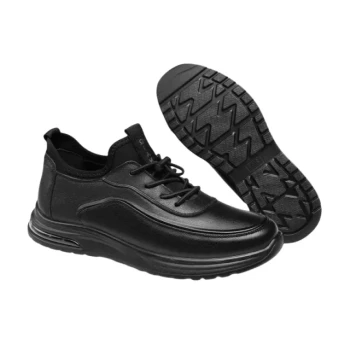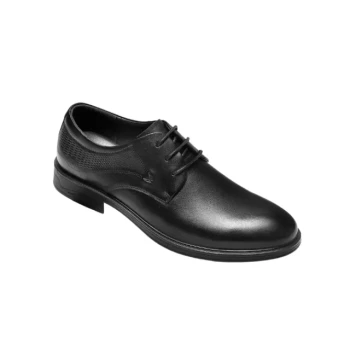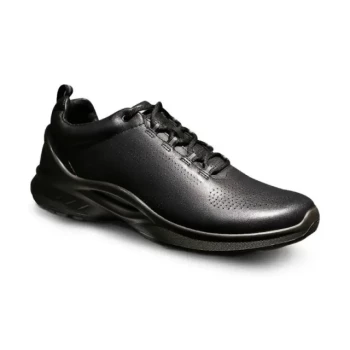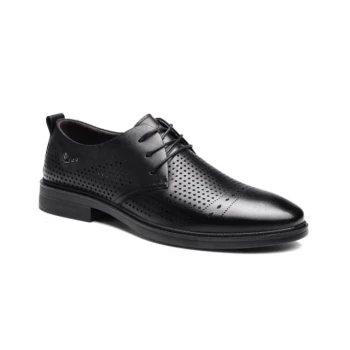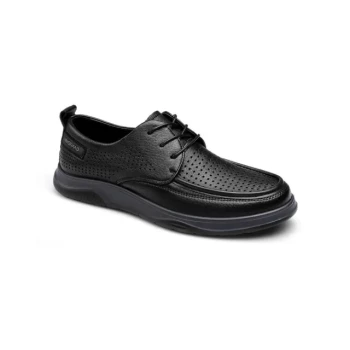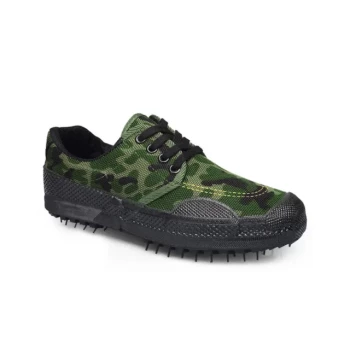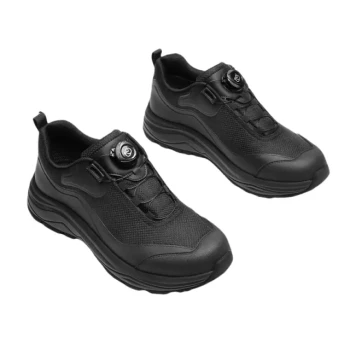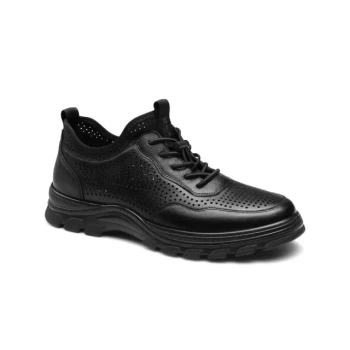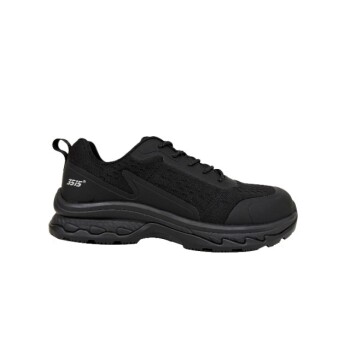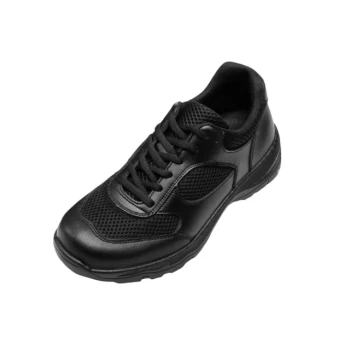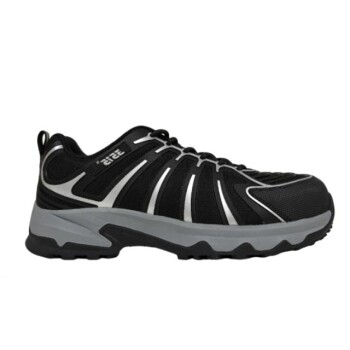At its core, a dress shoe is defined by its purpose and construction. It is footwear designed to be worn for smart casual or more formal occasions, standing in contrast to athletic or utilitarian shoes. While specific styles vary, the classification universally implies a more refined silhouette and higher-quality materials suitable for professional, celebratory, or formal events.
A shoe's classification as a "dress shoe" depends less on a single, rigid style and more on a combination of its material, clean construction, and its appropriateness for the context in which it's worn.

The Defining Characteristics of a Dress Shoe
To properly identify a dress shoe, you must look beyond a specific label and evaluate its fundamental components. These characteristics separate it from casual footwear.
Material and Construction
The most common and preferred material for dress shoes is leather. High-quality leather, particularly full-grain, is sought after for being soft, supple, and durable, lending an immediate sense of quality and formality to the shoe.
Clean Lines and Structure
Unlike the often bulky or complex design of sneakers, dress shoes feature a sleek, structured profile. This refined silhouette is a key identifier, contributing to a more formal and polished appearance.
Context is Key
The "dressiness" of a shoe exists on a spectrum. A loafer might be the perfect dress shoe for a smart casual office, while a black-tie event would demand a more formal style, such as a wholecut or cap-toe oxford.
Common Dress Shoe Categories
While the definition is flexible, several classic styles form the foundation of the dress shoe wardrobe.
The Oxford
The Oxford is characterized by its "closed lacing" system, where the shoelace eyelets are stitched underneath the vamp. This creates a clean, snug appearance, making it one of the most formal and classic dress shoe styles.
The Monk Strap
A monk strap has no lacing, instead being secured on the foot by one or more buckles and straps. It offers a sophisticated yet distinct look that sits comfortably between the formality of an Oxford and the ease of a Loafer.
The Loafer
Loafers are slip-on shoes without laces or buckles. Their inherent simplicity makes them highly versatile, suitable for many smart casual and business casual environments.
Other Styles
The category can also include other footwear. Mules, for example, are considered dress shoes if they feature a heel. Similarly, sleek, well-made ankle boots can function as dress shoes in many professional settings.
Understanding the Trade-offs
Choosing the right dress shoe involves balancing formality with practical considerations like comfort and fit.
The Formality Spectrum
It is crucial to recognize that not all dress shoes are created equal. A patent leather Oxford is at the peak of formality, while a suede loafer is on the more casual end of the spectrum. Matching the shoe to the occasion is paramount.
The Myth of the "Break-in" Period
A high-quality, well-fitting dress shoe should feel comfortable almost immediately. While the leather may soften slightly over time, a long and painful "break-in" period is often a sign of poor fit or low-quality construction.
Prioritizing Proper Fit
A correct fit is non-negotiable. The shoe should fit snugly around the heel without slipping, and there should be about a half-inch of space between your longest toe and the end of the shoe. It must comfortably accommodate the widest part of your foot and provide natural arch support.
How to Choose the Right Dress Shoe for Your Needs
Selecting the best option depends entirely on your specific goals and the environment in which you'll be wearing them.
- If your primary focus is formal events or traditional business settings: A classic leather Oxford is the most reliable and appropriate choice.
- If your primary focus is smart casual or modern office wear: Versatile options like loafers or monk straps provide a perfect blend of sophistication and style.
- If your primary focus is all-day comfort without sacrificing professionalism: Prioritize a shoe with a perfect fit, such as a high-quality loafer or a supportive pump, kitten heel, or ankle boot.
Understanding these core principles empowers you to select the right dress shoe with confidence for any occasion.
Summary Table:
| Characteristic | Description |
|---|---|
| Primary Material | High-quality leather (e.g., full-grain) for a refined look. |
| Key Construction | Clean lines, structured profile, and sleek silhouette. |
| Common Styles | Oxfords, Monk Straps, Loafers, and formal boots/mules. |
| Best For | Formal events, business settings, and smart casual occasions. |
Ready to Stock Your Collection with Premium Dress Shoes?
As a large-scale manufacturer, 3515 produces a comprehensive range of high-quality dress shoes for distributors, brand owners, and bulk clients. Our production capabilities encompass all formal styles, from classic Oxfords to sophisticated loafers, ensuring you receive durable, well-constructed footwear that meets market demands.
Let's discuss your specific needs and how we can support your business. Contact us today to request a catalog or get a quote!
Visual Guide
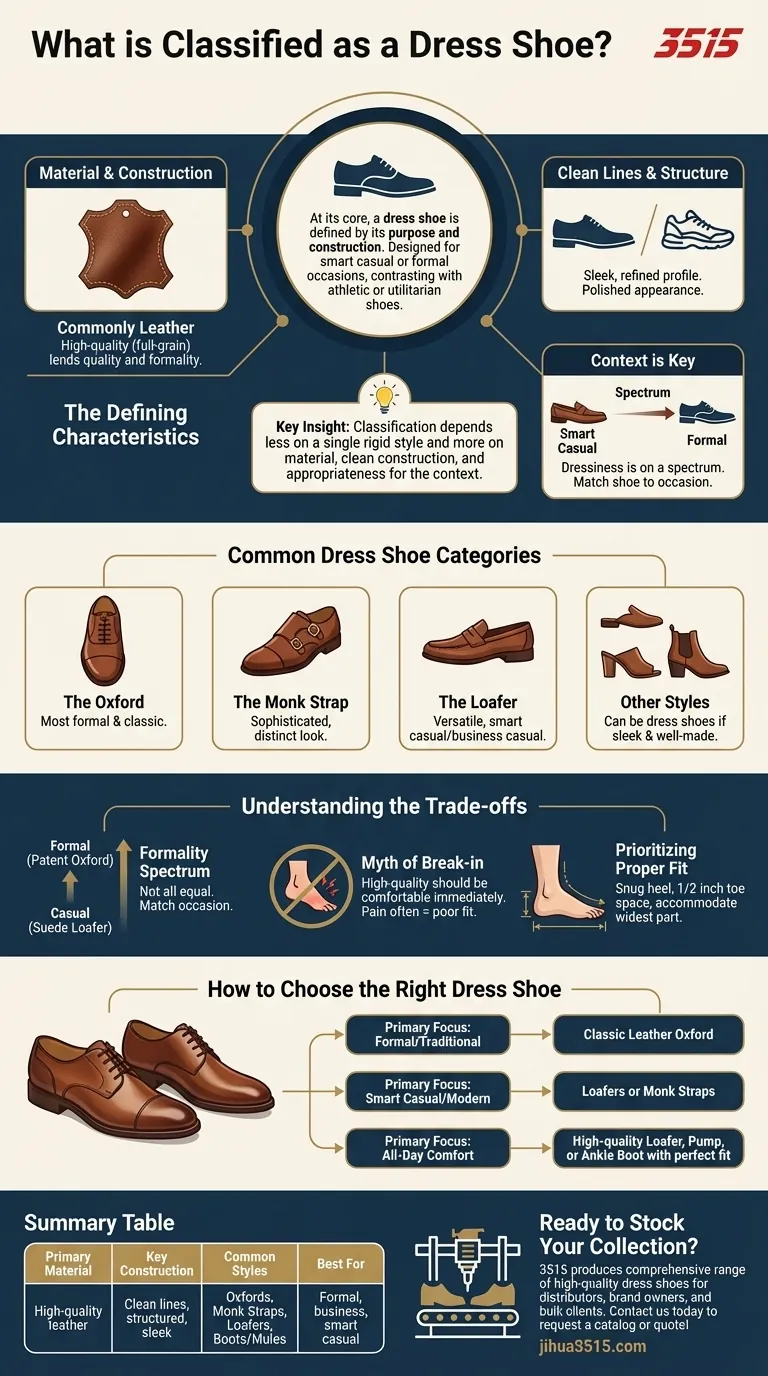
Related Products
- Wholesale Leather Derby Shoes Manufacturer | Customizable Business & Dress Footwear
- Classic Leather Derby Dress Shoes Wholesale & Custom Manufacturing
- Wholesale Comfortable Business Casual Shoes Custom Manufacturing
- Custom Manufactured Air Cushion Leather Business Shoes for Wholesale
- Wholesale Leather Derby Dress Shoes Custom Manufacturer for Brands
People Also Ask
- What should consumers look for to avoid misleading claims about leather quality? A Guide to Identifying Genuine Quality
- What are the benefits of calf leather for dress shoes? Unmatched Elegance & Comfort
- What should be known about genuine leather for shoes? Don't Be Misled by the Label
- How do Oxford Shoes differ from other casual shoes? The Ultimate Guide to Lacing & Formality
- How does the welt stitching differ between Oxfords and Derbies? A Guide to Shoe Formality



